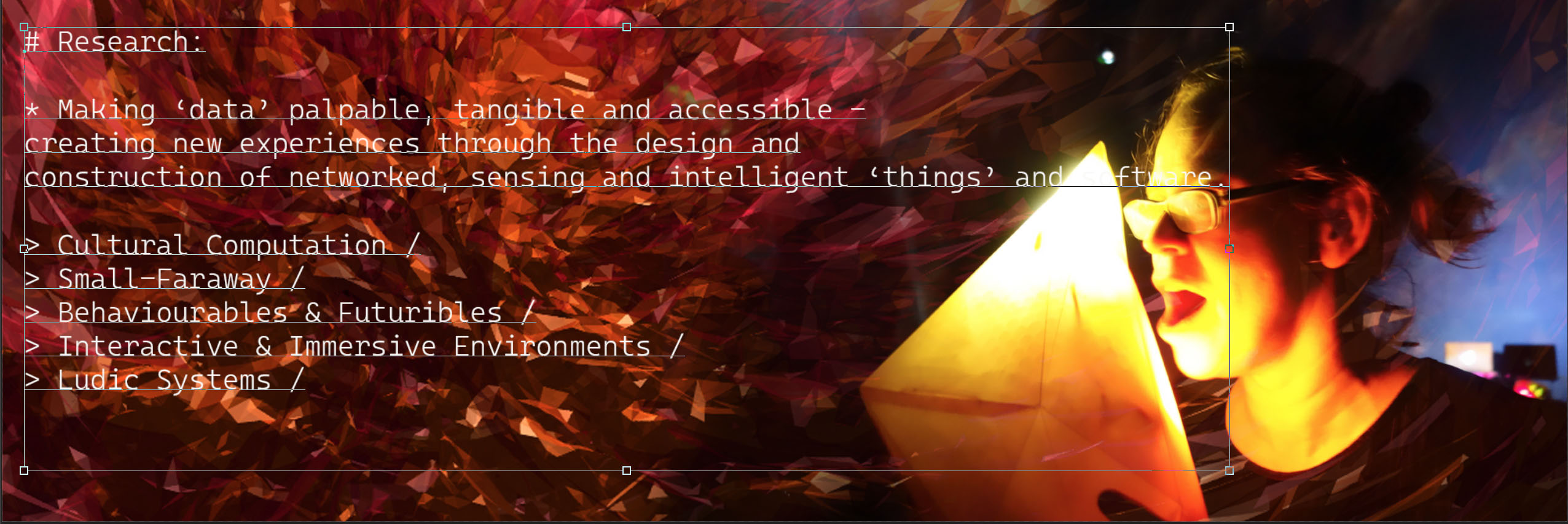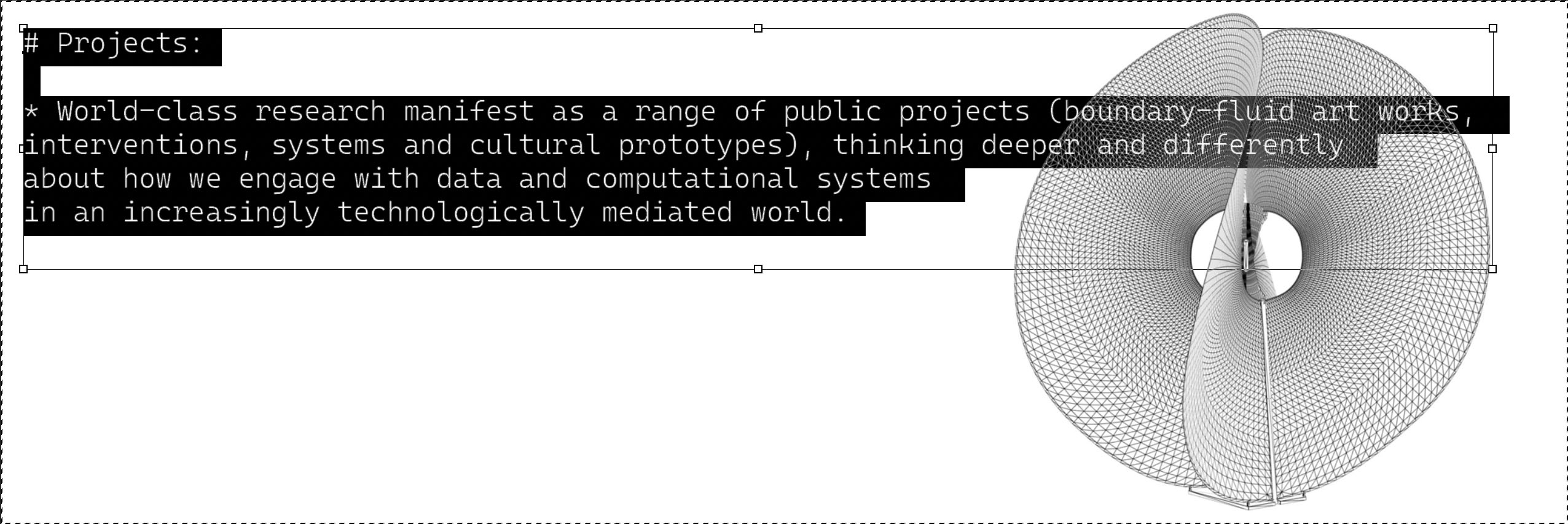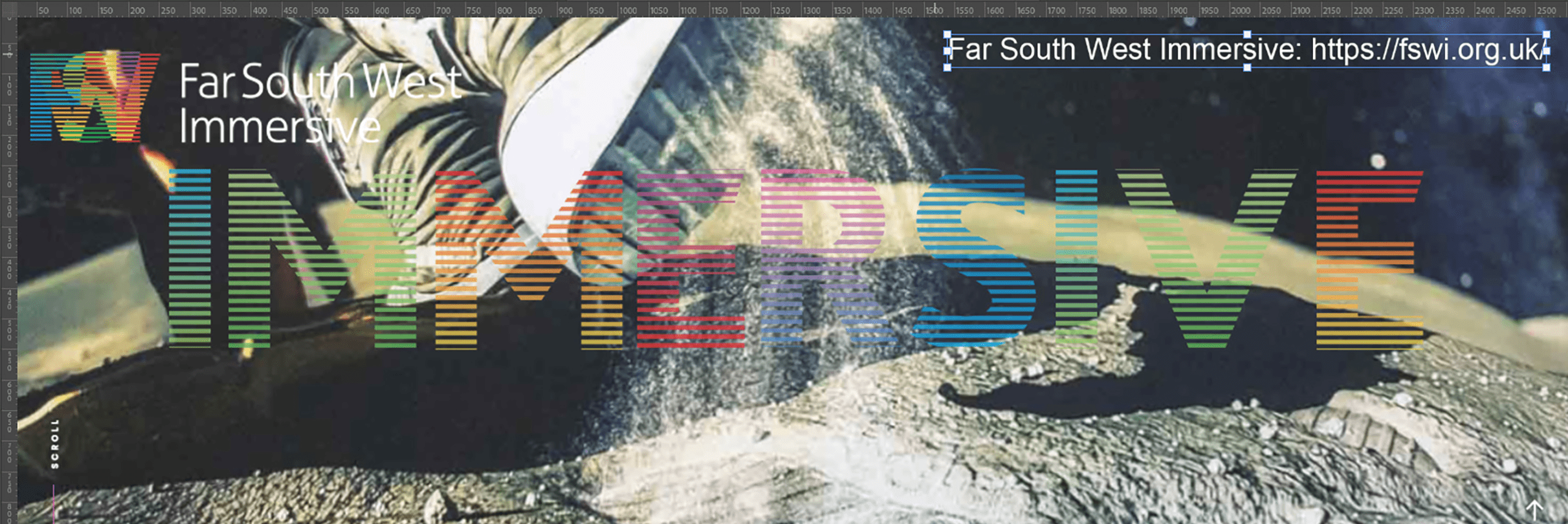
7th – 8th February 2007
An trans-disciplinary masters workshop in RFID:
Download Revisioning the Library Workshop PDF:
The RFID workshop over two days was a chance to speculate on the future of the library. The library is undergoing self-reflection on the relation between its physical and electronic resources, spaces and systems. The starting point for rethinking these relations was to introduce technologies that can store and transmit data, and to begin to imagine scenarios where the physical and digital objects collapse onto eachother. Might agency extend not only to readers but to the books themselves in such a scenario?
Francis Hunger, ‘How I Learned to Love RFID’, HWKV 2006, http://www.hmkv.de/dyn/e_program_events/detail.php?nr=1239As many other technologies, which are basically used in the civil sector, the basics of RFID were commissioned and developed in the frame of military research. In late WW II the British Royal Airforce used “tags” on their planes to decide whether it was a “friend or foe”signal that was reflected by radio waves, used in radar technology. 1RFID uses a similar basic concept. A radio wave is sent to a transponder – more commonly called “RFID tag” – which then wakes up, consumes the energy of the initial radio wave and sends back datato the sender/receiver unit. Through the 1950s to 1960s, this concept was developed into electronic anti-theft devices that were in fact 1 bit RFID tags. They could be set either on or off and would signal ifa person has paid and the cashier did subsequently
deactivated the tag. So the theft alarm devices that are positioned on each entrance/exit of shops are very basic RFID readers. In the 1970s several patents for RFID applications where issued and passive and active tags were developed in the private sector and in military research. Today they are intended and used basically for supply chain optimization inlogistics.
Context:
Bruce Sterling, ‘The Internet of Things: What is a Spime and Why is itUseful?’ In the future we may be able to find lost keys with a simple googlesearch. Science fiction writer Bruce Sterling imagines how physical objects will be part of the internet as they become trackable in space and time. Bruce discusses the theoretical and technical challenges that we face as we try and think about and develop the Internet of Things. From Spimes to Thing Links to Blogjects, the terminology and verbal framing devices currently being used are pulled apart in this keynote address from the 2006 O’Reilly Emerging Technology Conference. Duncan Shingleton, ‘RFID and the Internet of Things: You are part ofthe Global Network’, 2007, http://www.shingleton.org/?page_id=142Objects tagged with a Radio Frequency Identification (RFID) chip have a unique digital identity and play a pivotal role in joining the physical world with the digital. A resulting ‘Internet of Things’emerges, consisting of networked objects that are capable of communicating what they are, and what is going on in the space around them. This is the moment where the real world and the Internet become inseparably linked, occupying the same space, becoming the same reality: a merging of 1st and 2nd Life. Current theory surrounding the Internet of Things maintains the viewpoint we are outside the network and in control of the agency we have over our objects. The tagged object’s role in the Internet is to streamline economic practice and make our lives more convenient. However I propose and alternative hypothesis for addressing the theory that RFID now means we are included within the Internet of Things, and not spectators of this new digital age. There is a resulting transfer of agency as objects become active members of society, contributing to social debate, as we see what can only be defined as a truly ubiquitous network environment emerging, where the real is intrinsically bound with the digital. Wikipedia definition of RFID, http://en.wikipedia.org/wiki/RFID






You must be logged in to post a comment.